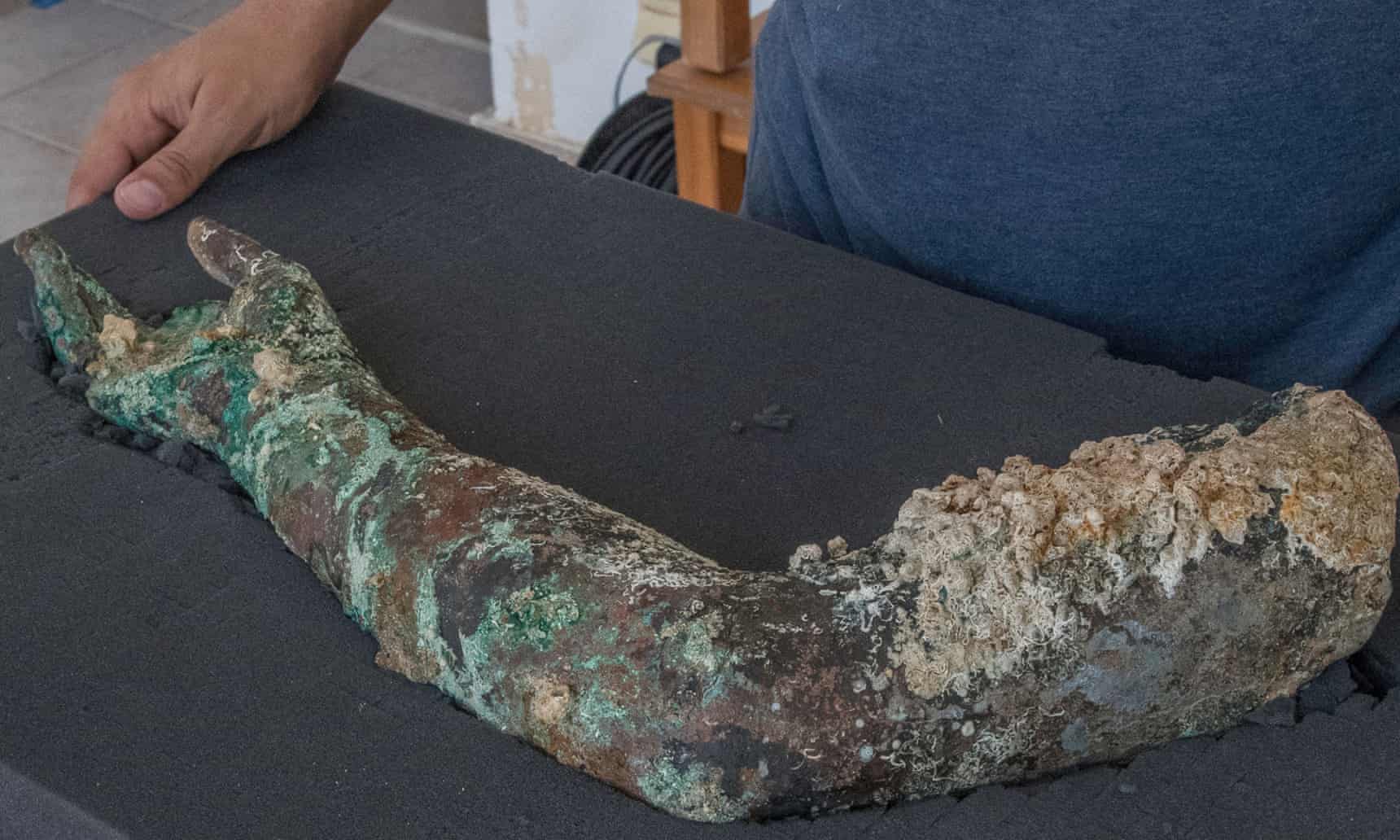Wolves are good at working together to get food rewards
In tests of cooperation skills, wolves outperformed their domesticated relatives.
Scientists say the findings challenge assumptions about how dogs were tamed from wolves and came to live alongside humans.
Previous evidence has suggested that the domestication process may have given dogs a more tolerant temperament.
"We still have very much this idea of the big, bad wolf and the cuddly pooch on your sofa," Dr Sarah Marshall-Pescini, who led the research, told BBC News.
"But, I think the simplest message is that the story is not quite as clear as that."
Read the rest of this article...



